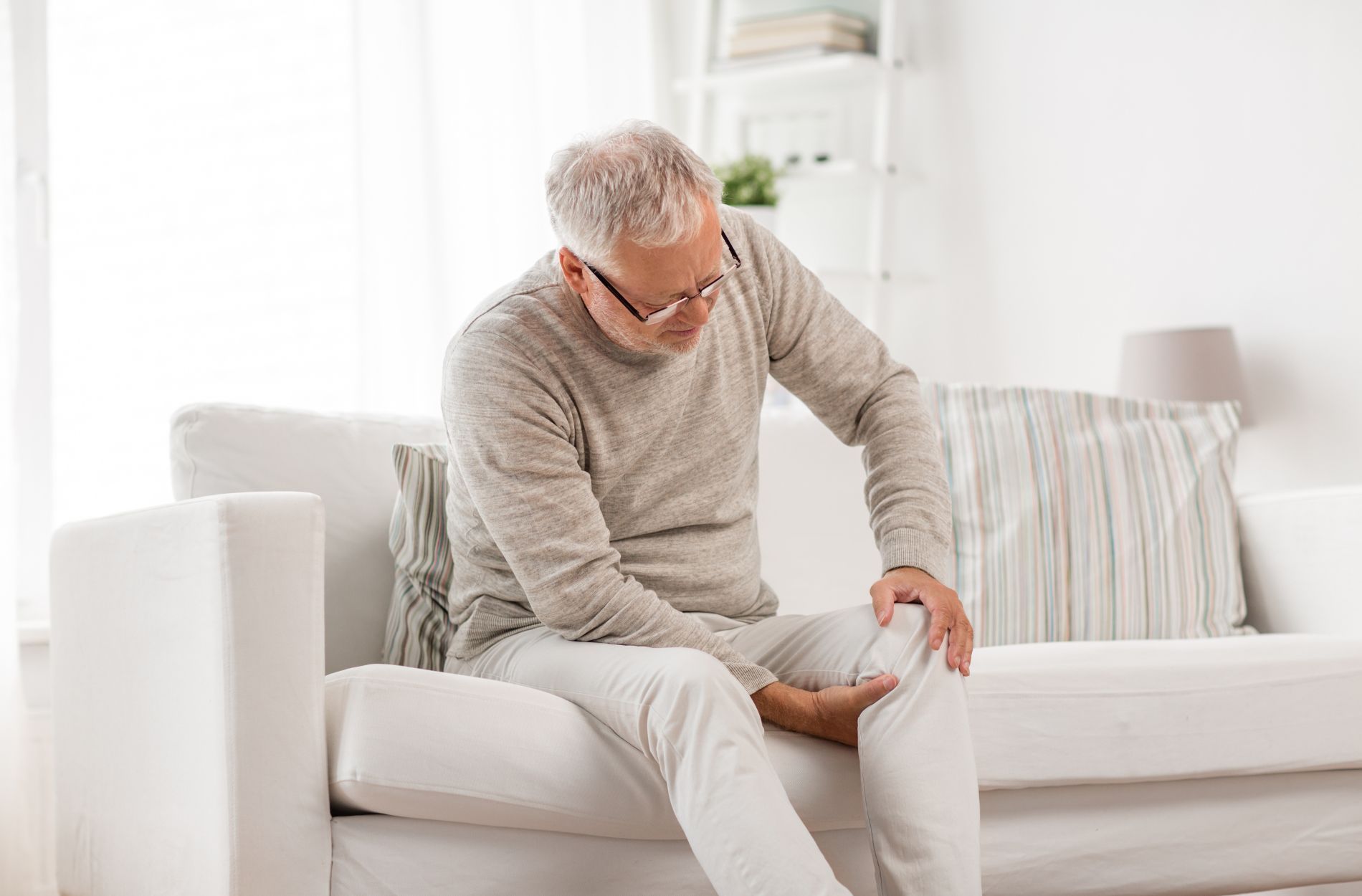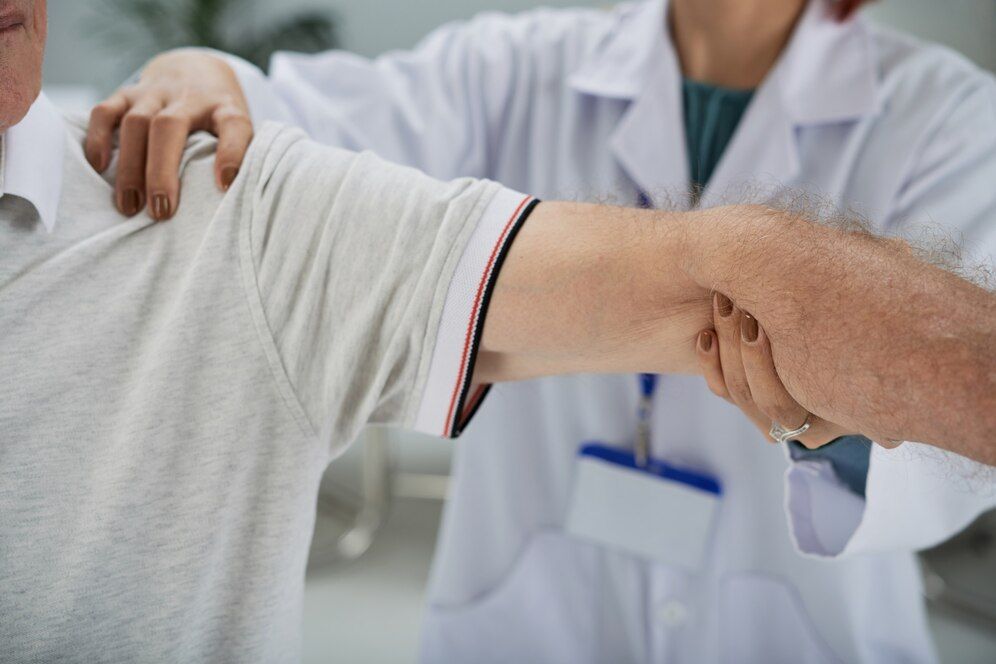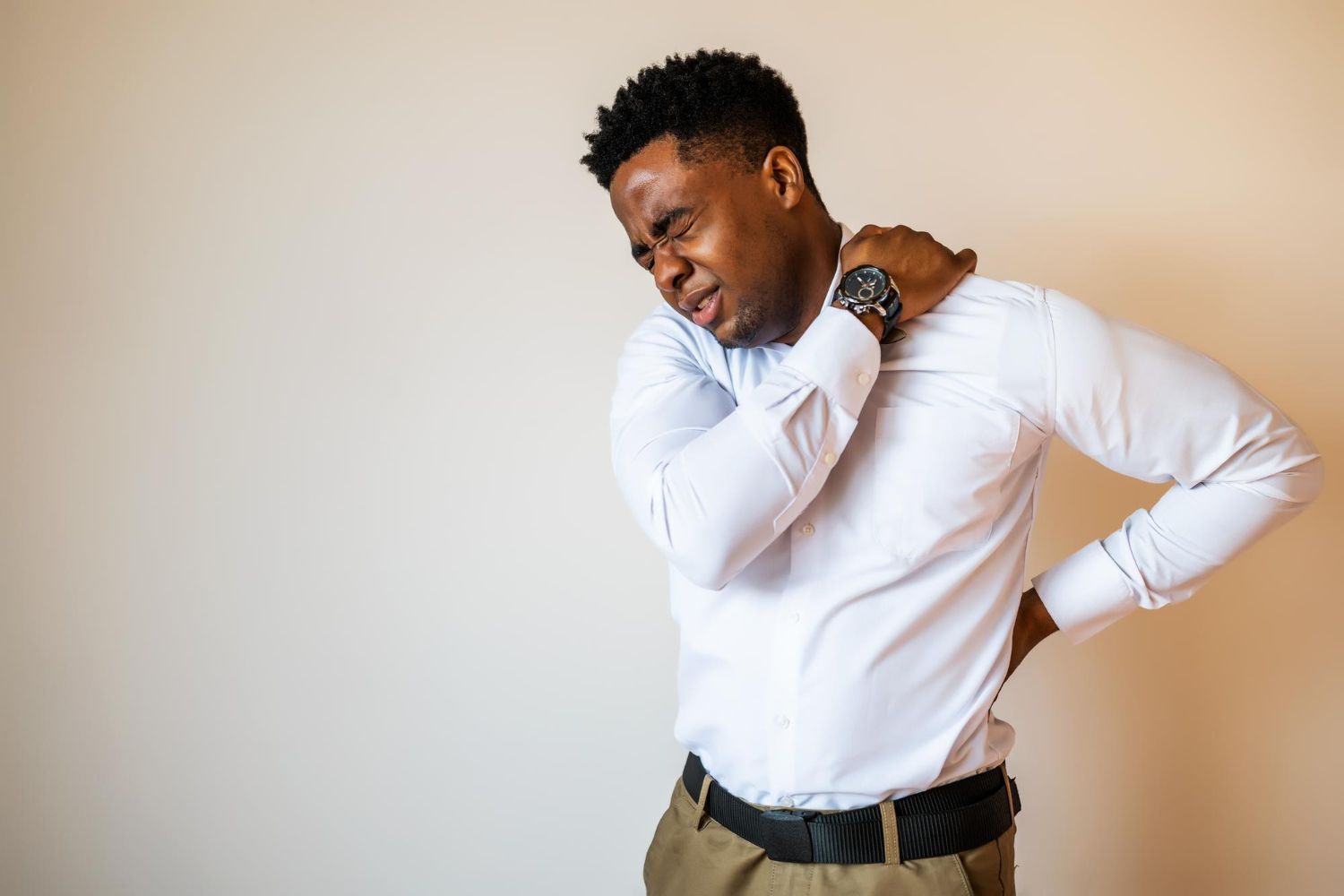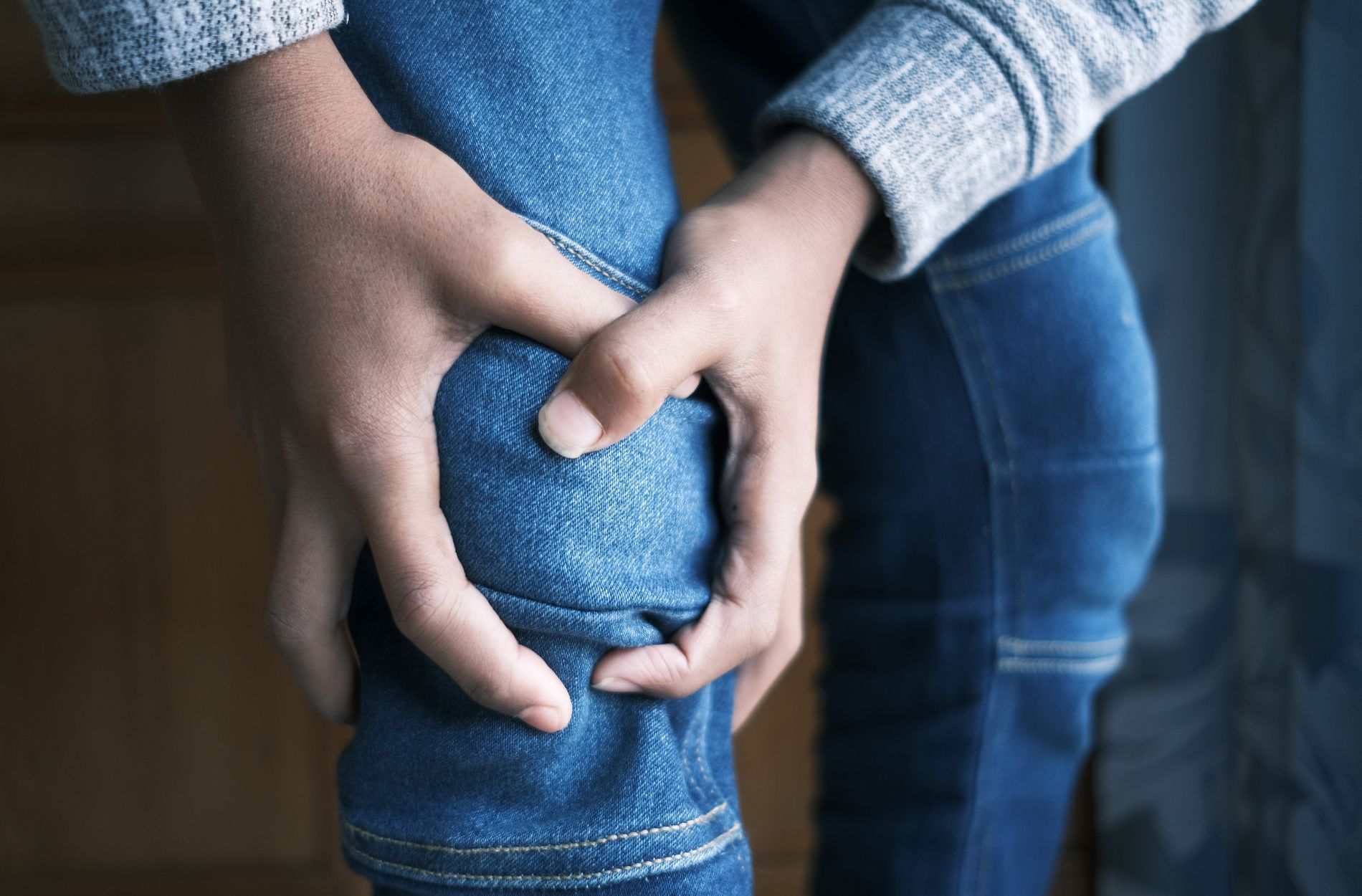Ways to Relieve Upper and Lower Extremity Pain
Living with pain in your arms or legs can make everyday tasks challenging and frustrating. Upper and lower extremity pain can stem from various causes, such as injuries, overuse, or underlying medical conditions. Whether it's sharp, sudden pain from an injury or a chronic ache due to repetitive strain, finding effective ways to relieve this discomfort is crucial for maintaining a good quality of life.
In this article, we'll explore the different causes of upper and lower extremity pain, share practical techniques for immediate relief, and discuss interventional pain management options. We'll also cover long-term strategies, including exercises, dietary changes, and lifestyle adjustments, to help you live more comfortably. Our goal is to provide you with comprehensive and easy-to-understand information to effectively manage your extremity pain.
Understanding Upper and Lower Extremity Pain: Causes and Types
Extremity pain can occur in the arms (upper extremities) or legs (lower extremities), and understanding the causes can help in managing it effectively. These pains can be acute or chronic, depending on their origin.
Common causes of upper extremity pain include:
- Injuries: Falls, sports injuries, and accidents can cause fractures, sprains, and strains.
- Repetitive Strain: Overuse from activities like typing, using tools, or playing certain sports can lead to conditions like carpal tunnel syndrome.
- Arthritis: This is a common cause of chronic pain in joints such as the shoulders, elbows, and wrists.
Common causes of lower extremity pain include:
- Injuries: Like upper extremity pain, falls and sports accidents can result in fractures and muscle tears in the legs and feet.
- Overuse: Activities like running, jumping, and other high-impact exercises can strain muscles and joints, leading to conditions such as shin splints or plantar fasciitis.
- Circulation Issues: Poor blood flow, often due to conditions like peripheral artery disease, can cause pain and cramping in the legs.
Identifying the specific cause of your pain can make it easier to choose the right type of treatment and relief strategies.
Immediate Relief Techniques for Extremity Pain
When you’re experiencing pain in your arms or legs, finding immediate relief is crucial. Here are some quick and effective techniques to help alleviate discomfort:
Rest and Elevation: Giving the affected area some rest can prevent further injury and reduce pain. Elevating the arm or leg helps reduce swelling and promotes better circulation. You can use pillows to keep the limb elevated while sitting or lying down.
Ice and Heat Therapy:
- Ice Therapy: Applying ice packs wrapped in a cloth to the painful area for 15-20 minutes can reduce swelling and numb the pain. This is especially helpful in the first 48 hours after an injury.
- Heat Therapy: After the initial swelling goes down, using a heating pad or warm towel can relax muscles and improve blood flow, helping to ease stiffness and pain.
Over-the-Counter Pain Relievers: Medications such as ibuprofen or acetaminophen can help reduce pain and inflammation. Always follow the dosage instructions on the package or consult with a healthcare professional for guidance.
Compression: Using a compression bandage can stabilize the affected area and reduce swelling. Make sure the bandage is snug but not so tight that it cuts off circulation.
Gentle Stretching and Massage: Light stretching can help improve flexibility and reduce muscle tension. Gentle massage can also help relax tight muscles and promote better blood flow to the area.
These methods provide quick relief and can help manage your pain until you can see a healthcare professional for a more comprehensive treatment plan.
Interventional Pain Management Options
For more severe or persistent extremity pain, interventional pain management can offer advanced treatment options. These methods are designed to directly target the source of pain, providing longer-lasting relief.
Corticosteroid Injections: These injections deliver powerful anti-inflammatory medication directly into the affected area, such as a joint or around nerves. This can significantly reduce inflammation and pain, offering relief for several months.
Nerve Blocks: Nerve blocks involve injecting anesthetics or other medications directly around specific nerves to disrupt pain signals. This can provide immediate but temporary relief and is often used to diagnose the source of pain.
Regenerative Medicine/Platelet-Rich Plasma (PRP): This treatment uses components of your own blood to promote healing. PRP injections can help repair damaged tissues and reduce pain, especially in conditions like tendonitis and arthritis.
Radiofrequency Ablation (RFA): RFA uses heat to destroy nerve fibers that carry pain signals to the brain. This treatment provides long-term pain relief for certain types of chronic pain, including arthritis and back pain.
Spinal Cord Stimulation: This involves placing a small device under the skin that sends electrical impulses to the spinal cord. The impulses modify pain signals before they reach the brain, reducing the perception of pain.
Each of these interventional techniques targets pain in a specific way and can be highly effective when conservative methods are not enough.
Long-Term Strategies: Exercises, Diet, and Lifestyle Changes
While immediate and interventional treatments are helpful, long-term strategies can offer sustained relief and prevent further pain.
Regular Exercise:
- Strengthening: Strengthening muscles around your joints can help support them and reduce pain. Focus on exercises that build muscle without putting too much stress on joints, like swimming or cycling.
- Flexibility: Stretching exercises can keep your muscles and joints flexible. Yoga and Pilates are excellent for maintaining and improving flexibility.
Healthy Diet:
- Anti-Inflammatory Foods: Eating a diet rich in fruits, vegetables, and omega-3 fatty acids can reduce inflammation in the body. Foods like leafy greens, fish, and nuts are great choices.
- Hydration: Staying well-hydrated is essential for joint health. Drink plenty of water throughout the day to keep your joints lubricated.
Lifestyle Changes:
- Posture: Maintaining good posture, whether sitting or standing, can prevent strain on your extremities. Make sure your workspace is ergonomically designed to support your body.
- Weight Management: Keeping a healthy weight reduces the strain on your joints and muscles, easing pain in the extremities.
Incorporating these long-term strategies into your daily routine can help manage and even prevent extremity pain, contributing to an overall healthier and more comfortable life.
Conclusion
Managing upper and lower extremity pain requires a comprehensive approach, including understanding the causes, seeking immediate relief, and considering advanced interventional treatments. Simple techniques like rest, ice therapy, and over-the-counter medications can provide quick comfort. For more persistent pain, interventional methods such as nerve blocks, PRP, and spinal cord stimulation offer advanced solutions.
Building long-term habits, like regular exercise, a balanced diet, and maintaining a healthy lifestyle, can significantly reduce pain and improve your overall well-being. Making these changes not only helps in managing pain but also prevents future discomfort by keeping your body strong and healthy.
If you or someone you know is struggling with extremity pain, it's essential to explore these options and find what works best. At Apollo Spine and Pain Center, we're committed to helping you find the
best pain management solutions for a more comfortable and fulfilling life. Contact us today to schedule a consultation and start your journey to pain relief.












